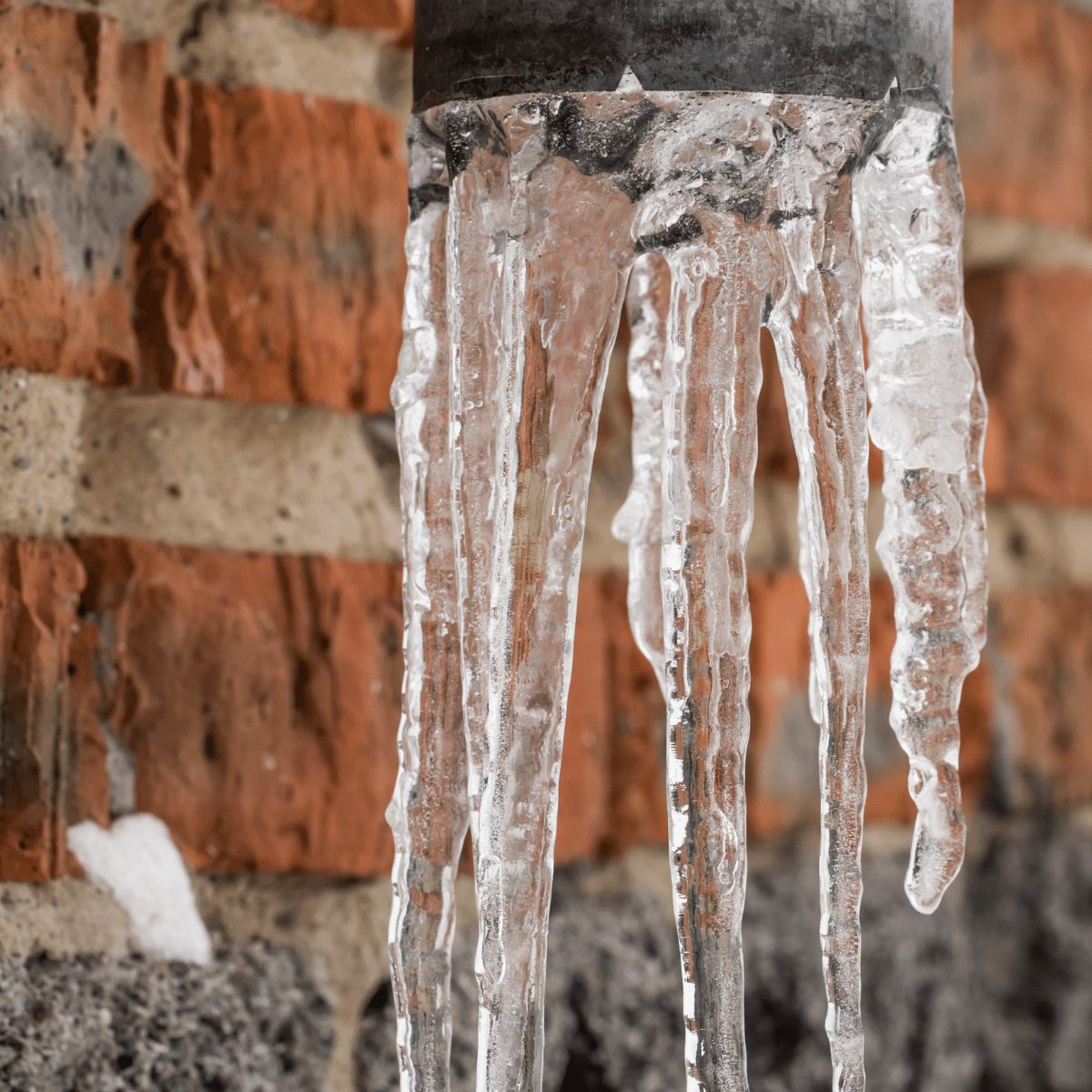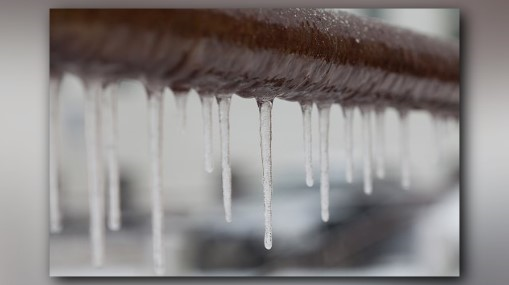Preventing Frozen Pipes in Winter: Expert Strategies
Preventing Frozen Pipes in Winter: Expert Strategies
Blog Article
What're your ideas on Preventing and dealing with frozen pipes?

Winter can damage your pipes, specifically by freezing pipelines. Here's exactly how to stop it from taking place and what to do if it does.
Intro
As temperature levels decline, the danger of icy pipes boosts, possibly causing costly repairs and water damage. Comprehending exactly how to stop frozen pipelines is vital for house owners in chilly environments.
Understanding Icy Pipelines
What triggers pipes to freeze?
Pipes ice up when exposed to temperatures below 32 ° F (0 ° C) for prolonged periods. As water inside the pipelines ices up, it expands, taxing the pipe wall surfaces and possibly causing them to rupture.
Risks and damages
Frozen pipelines can lead to water interruptions, property damages, and pricey repair work. Burst pipelines can flood homes and create substantial architectural damages.
Signs of Frozen Piping
Recognizing icy pipes early can avoid them from rupturing.
How to determine icy pipes
Try to find decreased water circulation from taps, uncommon smells or noises from pipelines, and noticeable frost on subjected pipelines.
Prevention Tips
Shielding susceptible pipes
Wrap pipes in insulation sleeves or make use of warmth tape to shield them from freezing temperature levels. Concentrate on pipelines in unheated or outside areas of the home.
Home heating methods
Keep interior rooms sufficiently heated, particularly locations with pipes. Open up cabinet doors to enable cozy air to flow around pipelines under sinks.
Securing Exterior Plumbing
Garden tubes and outside faucets
Detach and drain yard hoses before winter. Set up frost-proof spigots or cover outside taps with insulated caps.
What to Do If Your Pipelines Freeze
Immediate activities to take
If you believe frozen pipelines, keep faucets open up to eliminate stress as the ice thaws. Make use of a hairdryer or towels soaked in hot water to thaw pipelines slowly.
Long-Term Solutions
Architectural adjustments
Think about rerouting pipes far from exterior wall surfaces or unheated areas. Add added insulation to attic rooms, basements, and crawl spaces.
Upgrading insulation
Invest in premium insulation for pipelines, attic rooms, and walls. Proper insulation helps maintain consistent temperatures and minimizes the threat of icy pipes.
Verdict
Protecting against frozen pipes requires proactive actions and quick responses. By understanding the reasons, indications, and preventive measures, homeowners can shield their pipes throughout winter.
5 Ways to Prevent Frozen Pipes
Drain Outdoor Faucets and Disconnect Hoses
First, close the shut-off valve that controls the flow of water in the pipe to your outdoor faucet. Then, head outside to disconnect and drain your hose and open the outdoor faucet to allow the water to completely drain out of the line. Turn off the faucet when done. Finally, head back to the shut-off valve and drain the remaining water inside the pipe into a bucket or container. Additionally, if you have a home irrigation system, you should consider hiring an expert to clear the system of water each year.
Insulate Pipes
One of the best and most cost-effective methods for preventing frozen water pipes is to wrap your pipes with insulation. This is especially important for areas in your home that aren’t exposed to heat, such as an attic. We suggest using foam sleeves, which can typically be found at your local hardware store.
Keep Heat Running at 65
Your pipes are located inside your walls, and the temperature there is much colder than the rest of the house. To prevent your pipes from freezing, The Insurance Information Institute suggests that you keep your home heated to at least 65 degrees, even when traveling. You may want to invest in smart devices that can keep an eye on the temperature in your home while you’re away.
Leave Water Dripping
Moving water — even a small trickle — can prevent ice from forming inside your pipes. When freezing temps are imminent, start a drip of water from all faucets that serve exposed pipes. Leaving a few faucets running will also help relieve pressure inside the pipes and help prevent a rupture if the water inside freezes.
Open Cupboard Doors
Warm your kitchen and bathroom pipes by opening cupboards and vanities. You should also leave your interior doors ajar to help warm air circulate evenly throughout your home.

I found that content about How To Avoid Freezing Pipes while doing a search on the internet. Sharing is caring. Helping others is fun. Thanks so much for taking the time to read it.
Call Today Report this page